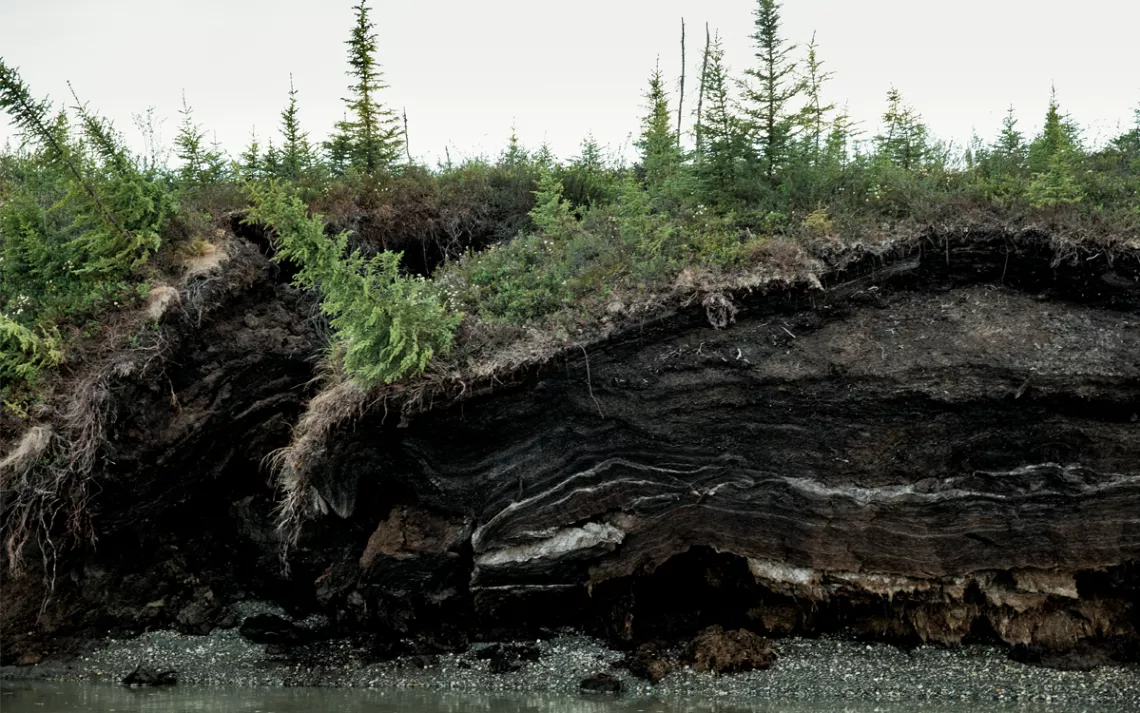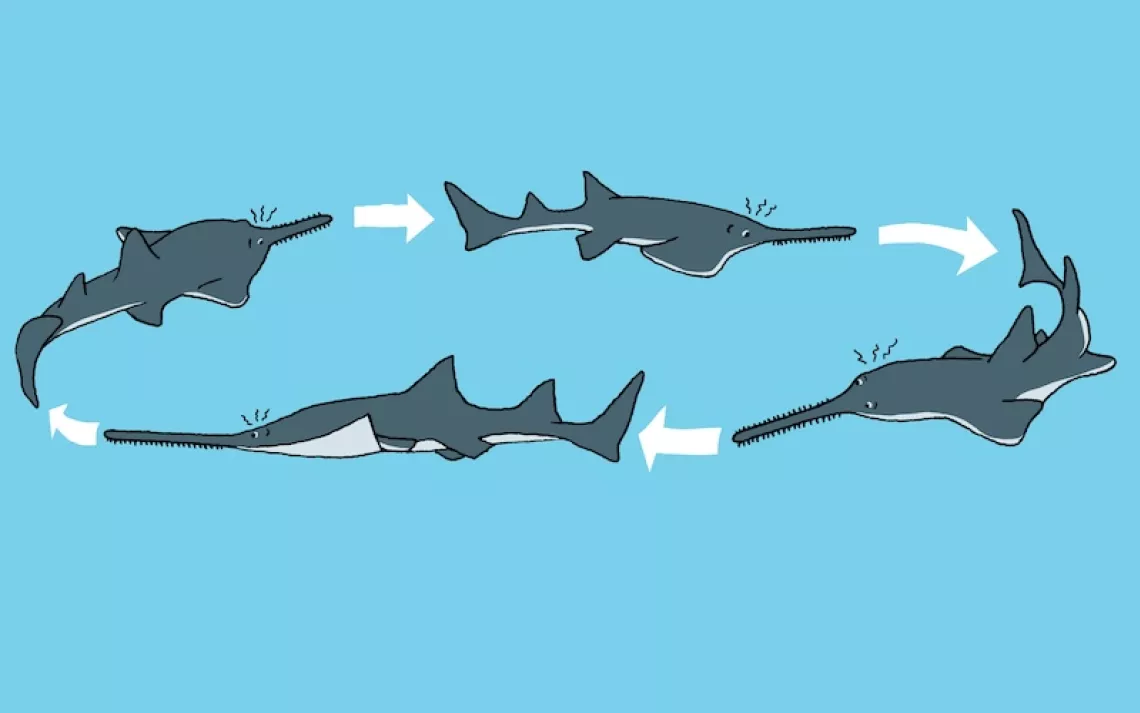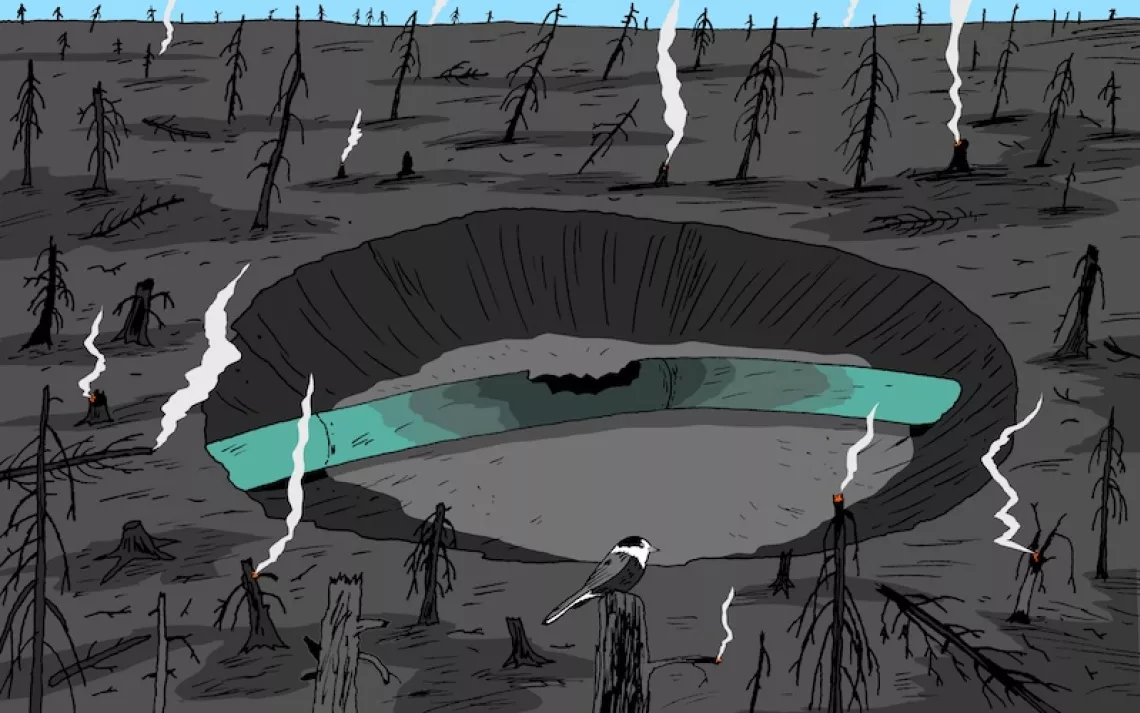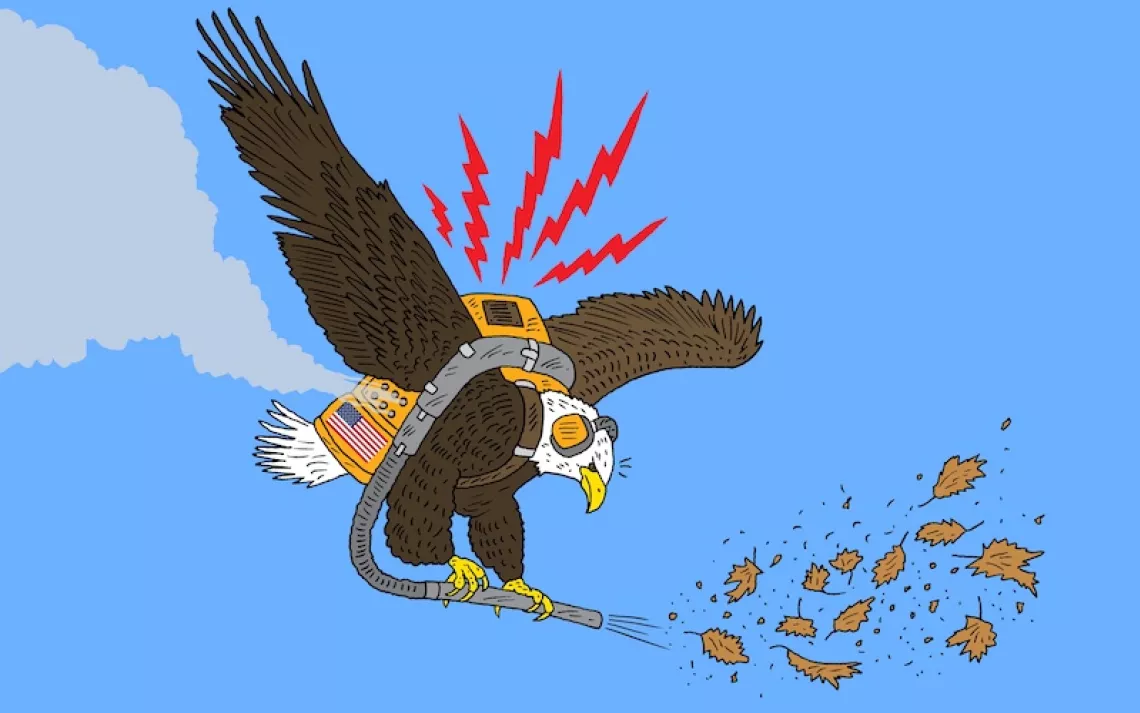The New Abnormal
We need to prepare for the worst even as we organize for a better future

Photo by Nathaniel Wilder
Twenty twenty-one was the year that the climate crisis became unavoidable. With any luck (if you can call it that), in hindsight this will be seen as the year when Americans finally, belatedly, came to understand the severity of the crisis. The evidence has been impossible to ignore: a freakish winter deep freeze that shut down much of Texas, another horrific fire season in the West, a historic heat wave in the Pacific Northwest, a spate of deadly floods in the South quickly followed by Hurricane Ida—a storm so powerful it ended up killing dozens of people in the Northeast, more than a thousand miles from where it made landfall. According to Pew Research Center, more Americans than ever before say that they are experiencing extreme weather events, and in a separate survey, nearly eight in 10 people said that such events have made them more concerned about climate change. The alarm bells are clanging.
When people try to make sense of these now-common "unprecedented" events, they often describe them as the "new normal." But that's a misunderstanding of our predicament. We're not going to reach any kind of new normal—unless, that is, we understand the new normal to be a state of constant unpredictability. Rising temperatures aren't leading to reliable shifts, like winter slipping into spring and spring folding into summer. The global climate is a finely tuned system, and even small changes in temperature can—as we're witnessing—have unexpected consequences. Climate change is, above all, chaotic, unpredictable, and disorienting.
Which means we are all going to have to find a way to wrap our minds around the idea of discontinuity. Author Alex Steffen has written that discontinuity is the signature characteristic of the climate epoch. We have created a new era in which "past experience loses its value as a guide to decision-making about the future," Steffen writes. The world "has become something no human has ever experienced before." We find ourselves in the midst of global environmental changes that are happening more quickly than we are collectively able to understand them.
See, for example, Alaska, which is warming much faster than other areas of the country and where the very earth itself is coming undone as millennia-old permafrost starts to thaw. As Adam Federman reports in "The Big Thaw," the thawing permafrost is a slow-moving disaster, "one that to the human eye seems to be unfolding along a normal timescale but in geological terms is moving alarmingly fast." We can also see discontinuity at work in the middle of North America, where the line dividing the arid West from the humid East has moved some 100 miles eastward. In "The 100th Meridian Is on the Loose," Carson Vaughan writes that "the anomalies are becoming less anomalous as climate change rattles the system. The variables more variable. The extremes more extreme and more frequent too."
The cascading consequences of climate change may be difficult to grok, but the causes are not. We know precisely what we need to do: Stop burning coal, oil, and gas as fast as possible. At this point—having lost 30 years to fossil fuel industry deception, disinformation, and profit-driven delay—preventing climate change in the short term is no longer an option. And still, every hydrocarbon left unburned and every forest left standing avert some measure of future harm and instability.
This, then, is the great challenge of climate discontinuity: to continue to act even in the midst of uncertainty and upheaval. With Earth systems unraveling at a frightening pace, the tasks before us are clear. We need to prepare and adapt for the worst, even as we continue to educate, agitate, and organize for the best future possible.
This article appeared in the Winter quarterly edition with the headline "The New Abnormal."
 The Magazine of The Sierra Club
The Magazine of The Sierra Club







